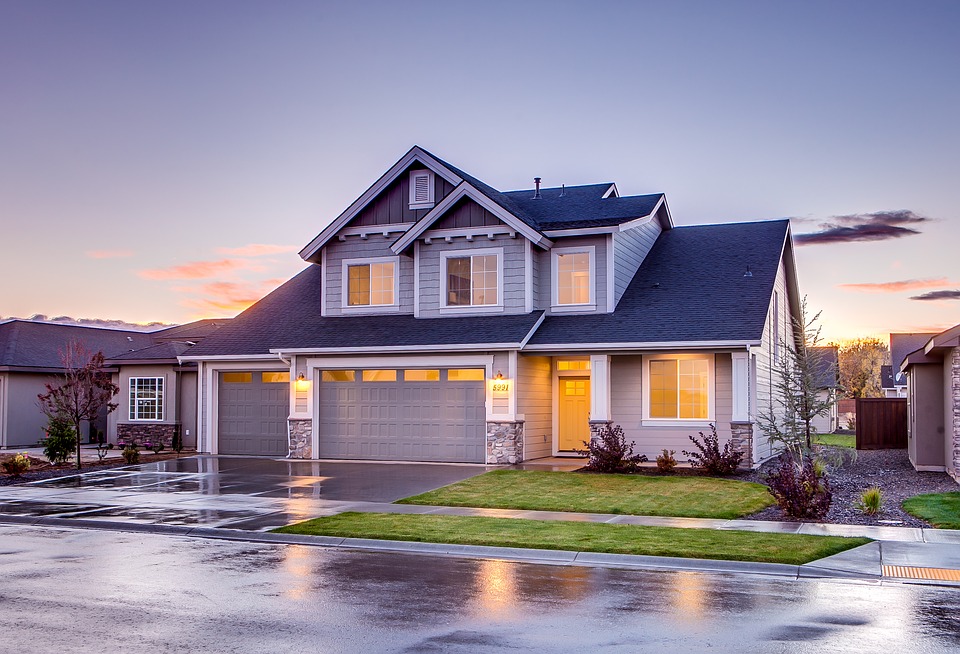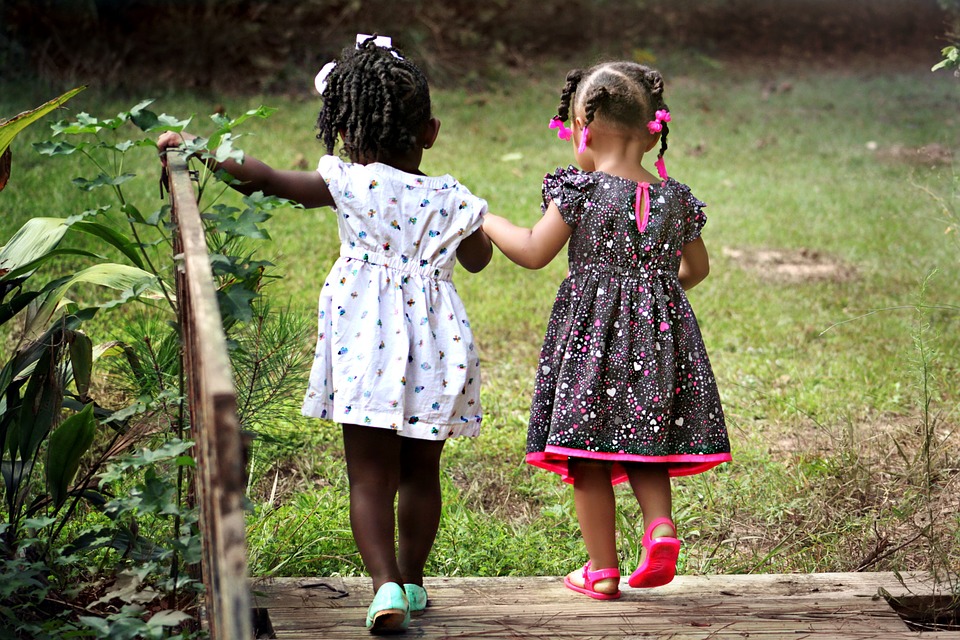When you’re single or newly married, finding a house is pretty easy. You can select any old house that makes you happy. But when you have a family, things get a little more challenging. Suddenly, you need to think about the type of neighborhood you move into. The question is, how do you zero in on the right one?

5 Things to Look for in a Family-Friendly Neighborhood
Every neighborhood is unique. Some are little professional fraternities where people simply lay their heads at night in between business trips and long stints at the office. Others are designed with retirement in mind – convenient and close-knit. Then there are family neighborhoods where kids and parents in similar stages of life grow together.
Realtors and sellers are quick to affix the “family friendly” label to any neighborhood, but some are more conducive to young families and children than others. As you weigh your options, here are some of the things to look for:
Safety
Nothing matters more than safety. In choosing a neighborhood for your family, safety is your primary responsibility. So before doing anything else, you need to do some careful vetting.
The first thing you can do is plug a neighborhood into a tool like NeighborhoodScout, which gives you a detailed crime map of your area. (Look for frequency and severity of crimes.) The second step is to drive through a neighborhood and rely on your gut instinct. You can typically feel when a neighborhood is safe and when it’s not. (For example, do you see bars on the windows, or are kids riding bikes in the street?)
Good Schools
Education is obviously an extremely important aspect of raising a happy and healthy family. And unless you’re planning on doing private school or homeschool, you’re limited by your geography. Thus, it’s imperative that you select a neighborhood that’s in a good school zone.
A website like GreatSchools.org can help you research the top schools in your area so that you can narrow down your neighborhood search. It rates schools based on dozens of factors and thousands of data points – including academics (college readiness and test scores), equity (ethnicity and disabilities), and environment (attendance and staff).
Big Yards

Research shows that today’s children spend just four hours a week playing outside. (That’s roughly half the amount of time their parents spent playing outside when they were the same age.) Part of this problem has to do with the fact that homes and neighborhoods aren’t as conducive to outside play and imagination as they once were.
As you spend time scouting neighborhoods, look for ones with big yards and plenty of green space. This will allow you to send the kids outside with lots of space to play.
Community Amenities
What kinds of community amenities are available in neighborhoods you’re considering? The more activities you have nearby, the more time your family will spend together doing healthy and constructive activities.
An increasing number of new neighborhood builds are placing a greater emphasis on including outdoor amenities as part of their developments. Wildflower, located just a few miles south of Salt Lake City, is a great example.
“We designed Wildflower as Utah’s first Active Family Community ™,” the developers explain. “It features acres and acres of trails, parks, and open spaces. Whether it’s playing a game of catch, walking the dog, or picnicking under a shady tree, families have room for acres and acres of activities and thousands of hours of enjoyment.”
If you live in a city where you can find a neighborhood that features these types of amenities, you should at least consider it. Not only are these activities good for kids, but they also make it easier for you – the parents – to make friends.
Other Families
In order for a neighborhood to be “family-friendly,” there must be other families. As you compare neighborhoods, make a mental note of the ones that have lots of families in a similar stage of life. This will make for the easiest transition.
New Kids on the Block

The right neighborhood can make a massive difference in the positive growth and development of your children over time. As you look for a family-friendly community to call home, make sure you look at the big picture and carefully choose a neighborhood that supports, loves, and encourages your family to become the best version it can possibly be.










